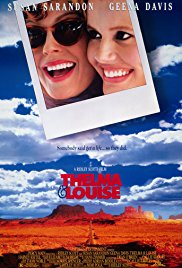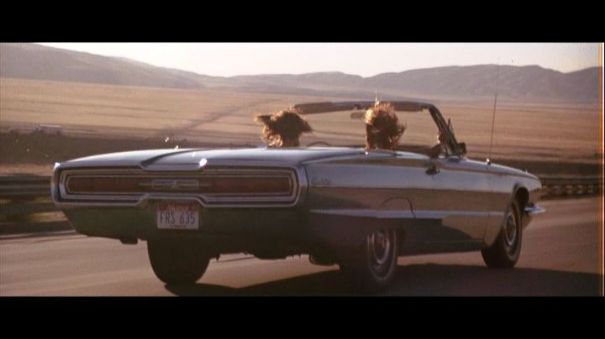1. Introduce the concept of showing rather than telling through a few quick exercises:
Showing Through Sound:
Ask the students to say, in chorus, the word “so.”
Now ask them to say the same word with a question mark at the end. (Be sure they are in chorus; it is probable that they have not done any choral recitation in years. It can be fun.) Then have the class repeat the word by shifting tone to show anger, then to indicate surprise, then to respond to a warm puppy, and then to express the feeling of having hammered a thumb. Finally, make “so” into a curse word or a plea. The students will hear how meaning changes through tone.
Tell students that in literature, to reveal the intent of sound, a writer can add description to dialog. For example, “So,” she said, raising her eyebrows.
Showing Through Action:
Ask students to create examples that follow the pattern of first telling then showing a particular characteristic of an individual such as can be seen in the following:
Example #1:
“Ralph is mean.” (This tells us little about Ralph.)
vs.
“Ralph likes to stomp little kittens with his size 14 steel-toe boots.” (Interpretation: Ralph is truly mean.)
Showing Through Visuals:
In the film clip, Louise has a tidy coiffure whereas Thelma, head at first covered with askew curlers, sports bouncing red ringlets, shoulder-length — Personality can be seen in such details.
Ask the students to talk about how clothing and hairstyle define characters in the classroom or in the lunch area at their school. They will get it.
Showing rather than telling is always descriptive, whether through the written word or on the screen.
2. Introduce the snippet by reminding students that Thelma and Louise was a breakthrough film that took the tradition of the road movie and applied it to women. It addresses some of the concerns of the feminist movement in its notion that once freed from social restraints, women can be just as crazy as men. The film also suggests that the price women can pay for this freedom, just like men who act in similar ways, is an untimely death.
3. Show the first seven minutes of the movie, stopping just after Louise takes a snapshot of herself with a happy, smiling Thelma just before they get into Louise’s Thunderbird and head off down the road.
4. Ask students to answer the following questions:
1. What is predicted in the visuals that dominate the opening scene over which the credits roll?
Suggested Response:
The scene shows rather than tells that the two women will follow a path beginning in darkness, move toward illumination, after which circumstances will return them to darkness and finally oblivion.
2. Thelma twice opens the refrigerator, bites into a candy bar and returns it to the cold. She then opens the refrigerator for the third time, whereupon she takes out and eats the candy bar in its entirety. What do these actions tell us about Thelma?
Suggested Response:
This scene shows rather than tells the viewers that Thelma is a woman who works to hold herself in check. However, what she really wants is to feel the passion she has kept repressed and just let it all go.
3. How does focusing on the way the two women prepare for their trip help reveal their contrasting personalities?
Suggested response:
Louise carefully selects the items she intends to pack and places her shoes in plastic bags inside her neatly arranged luggage. Thelma, on the other hand, dumps an entire drawer into her overstuffed suitcase. Louise washes a glass which she dries and leaves upside down on the kitchen counter; Thelma lifts a gun, as if it were a dead mouse, and drops it into her bag. These actions show Louise to be orderly and uptight; Thelma to be disorganized and spontaneous.
4. The music has changed rhythms and tempo to show rather than tell something about the story. What feelings or thoughts did you get from the music you heard?
Suggested Response:
The music in the opening credits as the image of infinite regress becomes clear suggests a somber, slightly mysterious mood. The music played while the women are packing is upbeat and clearly anticipates fun and excitement.
5. Assignments and Assessment:
- Ask students to write a short essay describing a friend, someone from mass media, or even a teacher using at least two examples of actions which reveal character;
- Describe a characteristic, such as quick to anger or indecision or being funny and write a short scene which uses actions to reveal these traits; or



